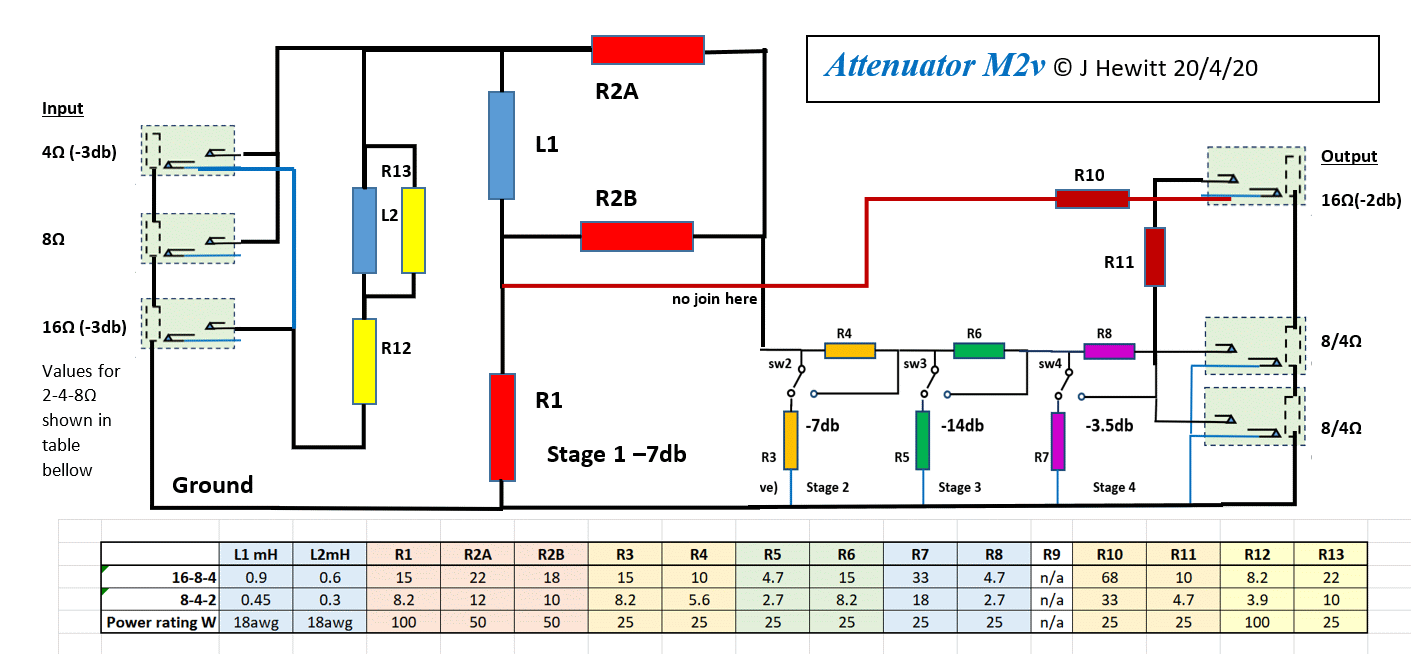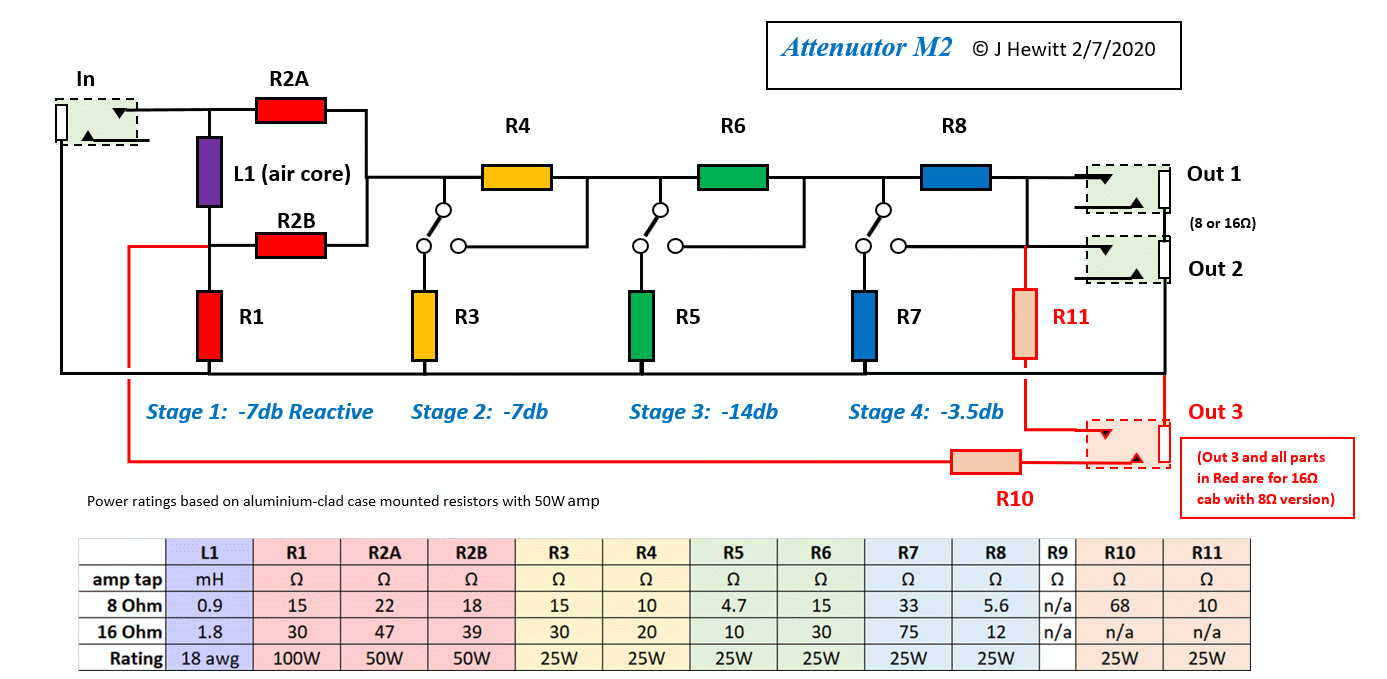JohnH
Well-Known Member
16 ohm amp tap, 16 Ohm M2 and 8 ohm cab is totally safe, unless you have a bypass switch in it in which case the amp would obviously see your 8 ohm cab directly. If should also sound fine too, maybe a tiny tad brighter. So all fine really.








